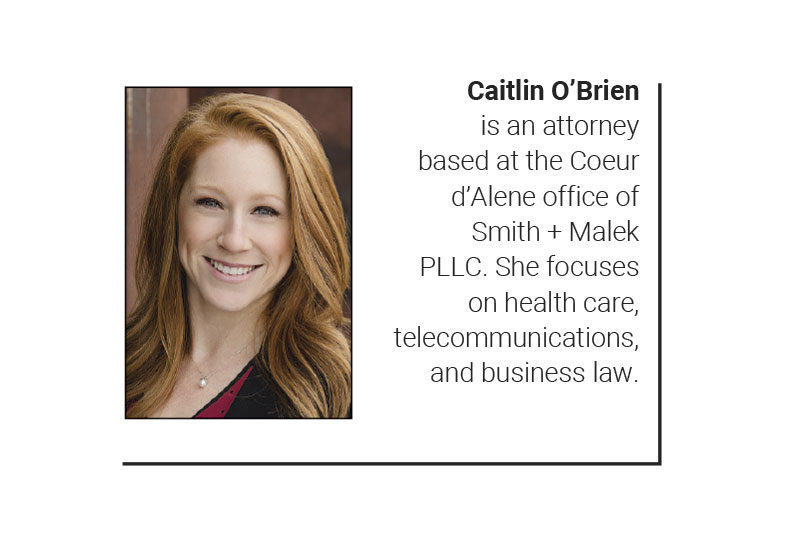
Home » Strategic plans help health centers reach potential
Strategic plans help health centers reach potential
Clarity of mission, vision is critical to fulfill goals

December 7, 2023
When you think of a lawyer, you likely think of traditional legal counsel—someone to call when something goes wrong. While I routinely help with traditional legal matters, my passion is working collaboratively with health care organizations to help them thrive by seizing sensible business opportunities and planning for the future.
I oversee Smith + Malek’s health care practice group, a team that has helped expand the capabilities of Federally Qualified Health Centers and other medical practices in six states, not only by helping with traditional legal needs, but also by helping health care organizations expand their potential through strategic planning.
Planning leads to success. As the old adage goes, a failure to plan is planning to fail. Investing time, thought, and focus in a good strategy that builds on the mission and vision of an organization creates a framework that leads to effective change, prepares an organization to weather unforeseen crises, and simplifies communications to inspire confidence.
While many organizations have different stories and backgrounds that change how they view themselves and define success, there are rules and best practices that apply to all health care organizations. Clarity around the mission and vision of the specific organization is critical to the process of strategic planning and ultimately to its success in fulfilling those goals.
What does strategic planning look like? Smith + Malek’s strategic planning session is highly interactive and uses the Socratic method, a form of cooperative dialogue, to engage participants in examining everything from the most basic understanding of strategic planning to the role each stakeholder plays in the success of critical strategic initiatives. During the session, we work with stakeholders to identify the specific goals and strategies that the organization desires to prioritize.
To help develop common understanding among participants, a combination of the following tools is employed:
•Oral quizzes before and after knowledge is introduced.
•Role playing among participants to play out the strategic planning process.
•An extensive question-and-answer period accompanying the closing of each topic.
In order to guarantee clarity, there has to be agreement among those that govern and lead on why the organization exists, where it is going, and what constitutes the strategy of “musts.” Each step has to be completed to ensure we are building on a solid foundation. So to ensure clarity, we follow these three steps when leading a strategic planning session:
Step One: Mission. Agree on why the organization exists.
In order to be clear about the organization’s success, we have to have clarity about the organization’s “why” statement—also known as the mission.
Step Two: Vision. Agree on where the organization is going.
Once there is consensus on the mission, we move to a “where” statement—also known as the vision. We work together during the strategic planning session to come to a consensus on articulating a future state for the organization that does not yet exist but that is compelling enough to keep the company focused on what the highest priority items are to attain that future state.
Step Three: Strategic planning. Agree on a plan to get to the destination.
Once we are clear on where the organization is going, the steps to get to that destination are so much clearer. We track our conversations during the mission and vision discussions. In my experience, many items that fall into a strengths, weaknesses, opportunity, and threats analysis, known as SWOT, are brought to bear during that portion, which makes a SWOT analysis go very quickly, particularly when the analysis is done in the context of an agreed-upon mission and vision.
Following the strategic planning session, each organization is provided with a succinct, applicable strategic plan tailor-made to guide them forward. Engaging in this process and coming out with a product you can use to drive your company forward is transformative. It helps streamline decision making by stakeholders and provides clarity for staff on where the organization is going and what steps must be taken to meet the strategic initiatives.
Strategic plans can have an immediate impact, but because they are built from an organization’s core mission and vision, they have enduring influence and play a critical role in steering health care organizations toward a future marked by resilience, adaptability, and success.
Special Report Health Care
Related Articles
Related Products




